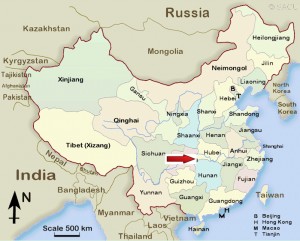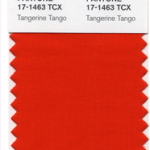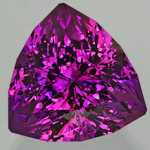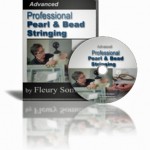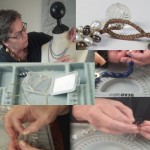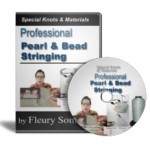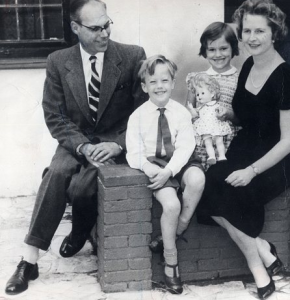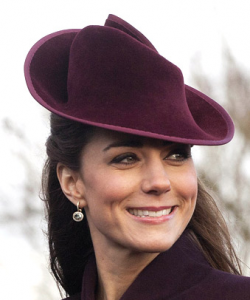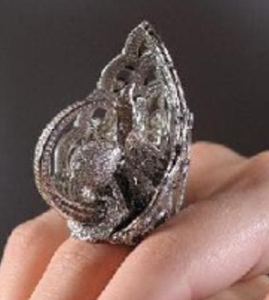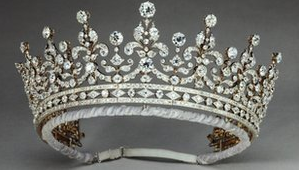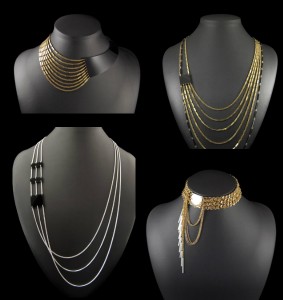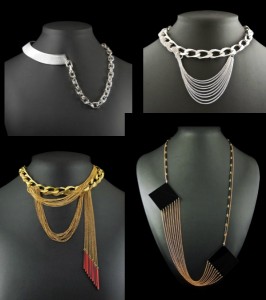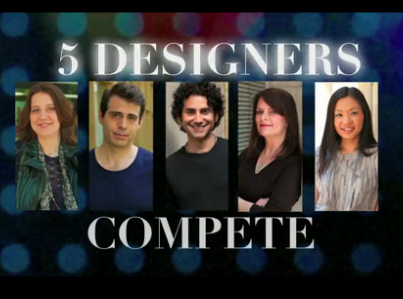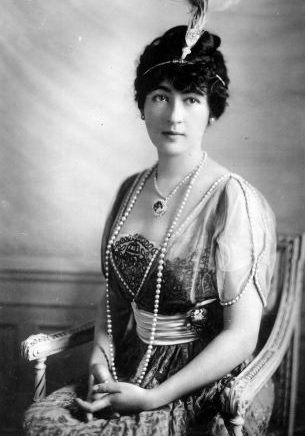Although it’s extremely difficult to predict market fluctuations, it does appear that fundamental shifts are underway in the freshwater pearl market. As most professional pearl and bead stringers use freshwater pearls in their work, I thought this information may be useful going forward
Freshwater Pearls Production Declines
Industry reports suggest freshwater pearl production has declined about 30 percent in 2011 and will continue this level of decline through 2012. The major reason for the production decline appears to be Chinese government policy which is limiting areas open for pearl cultivation. According to Johnny Chan Yuk Kwong, president of the Hong Kong Pearl Association, fresh water pearls today are mainly cultivated in the provinces of Hunan, Hubei, Anhui, and Jiangxi which are rich in freshwater resources. Other reports suggest that this is especially true in the provinces of Hubei and Anhui. There are some indications that freshwater dealers are shifting into South Seas pearls as the available supply of freshwater pearls decrease.
Rising Costs of Freshwater Pearl Production
The freshwater pearl industry was hit hard by the economic crisis and despite industry forecasts of higher prices, prices are still at 80% of their pre-crisis levels. However, industry observers suggest that prices will rise as a result of decreased supply and increased production costs including increased labor costs.
Freshwater Pearl Shapes
One of the more charming and intriguing characteristics of freshwater pearls was the absence of a nucleus or bead. This meant that freshwaters were typically all nacreous. For many connoisseurs, the irregular shapes and intense iridescence of these baroques, particularly keshis, made them highly desirable acquisitions.
However, one of the more innovative technical developments in Chinese freshwater production is the development of round freshwater nucleated pearls. Like their saltwater counterparts, these pearls are cultivated by the insertion of a nucleus into the body of a mollusk to produce a round pearl.
According to the SPC Pearl Information Bulletin, this technology has matured to the point that at least 50% of total freshwater pearls are nucleated and will be available within the next two years. Analysts point to strong consumer demand for round pearls as the justification for the market shift.
Looking forward, intensely baroque shapes such as keshis will no doubt continue to be available, although perhaps less available and more costly than previously. However, shapes such as potatoes and off rounds, those shapes which attempted to mimic rounds for the lower end market may decline in availability.
One of the greatest benefits of the new technology is that it enables farmers to cultivate bigger pearls. According to Chan, nucleated pearls can reach 16mm and larger.
When freshwaters first became commercially available in the United States, many of them had incomplete nacre coverage as a result of farmers harvesting the pearls before nacre coverage was complete. It is to be hoped that these new pearls don’t experience the same mistreatment.
Conflicting Reports on Freshwater Pearl Demand
While out at the big gem show in Tucson last week, I was made aware of some analysts who believe that the market for freshwaters – as we have become familiar with them over the last couple of decades – is oversaturated with declining consumer interest. Certainly this appeared to be borne out by the lack of crowds at the booths of large freshwater pearl vendors.
However others, including Chan, predict that buyers, especially European and American buyers, will continue to support the current market with stable and even increased demand. Despite this upbeat forecast, in a volatile economic climate, it’s extremely difficult to predict demand.
Looking Ahead
- Although prices are still at 80% of their pre-economic crisis (2008) levels, freshwater pearl prices will increase as a reflection of decreased production in China.
- Beautiful baroque freshwater pearls will be far less available as farmers move to meet consumer/commercial demand for rounds.
- Rounds will dominate the freshwater market and while we may see some low quality pearls, the strongest trend in the freshwater pearl market for years has been toward quality as Chinese farmers have grown more sophisticated.
- Be alert for decreased interest in currently available freshwaters from your more discerning clients. It’s not clear whether this is a trend yet, but I’d suggest you monitor interest levels.

